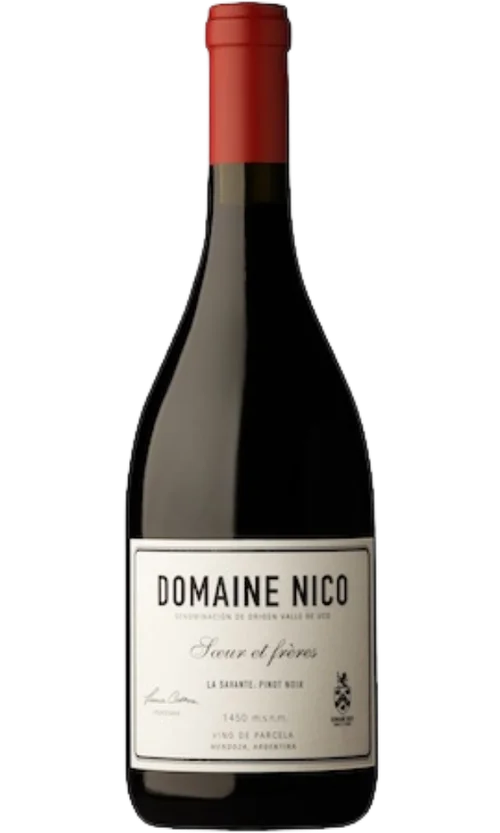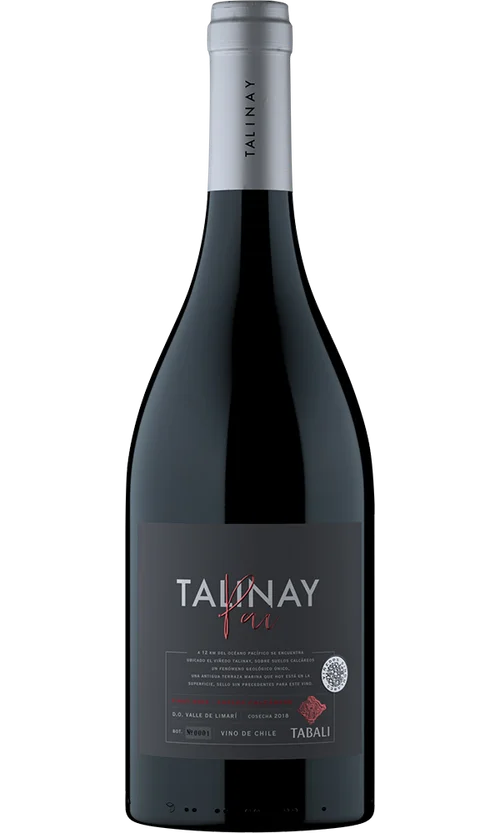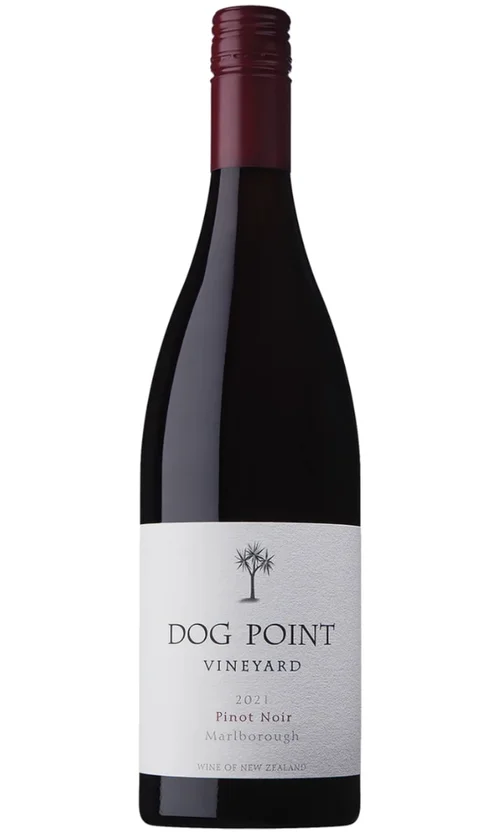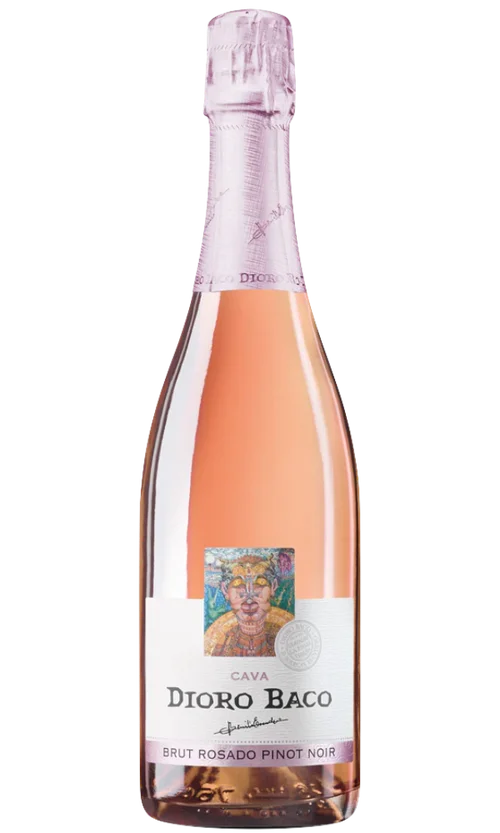About Pinot Noir

Varietal Facts
Bright red fruit flavors with substantial minerality and earthiness
Overview of Pinot Noir
Adored by critics, prized by collectors, Pinot Noir is one of most tantalizing yet temperamental varietals in the world. For many wine enthusiasts, this is of the appeal of Pinot -- it doesn't reveal its charms easily.
Characteristics of Pinot Noir
Pinot Noir's virtue also stems from the unique characteristics of the grape. The skins are especially delicate, which accounts for the lighter color and body of the finished wine. But, despite the delicacy, the best wines have excellent backbone and length, providing aromatic intensity unlike any other grape.
As a general category, California Pinot Noir has been on fire since the movie Sideways. In fact, California's Pinot Noirs are increasingly divergent. The state offers Pinots for virtually every taste, running the style gamut from pungent, cool, minerally, and Burgundian to soft, superripe, and chocolaty-sweet. The latter style of wine, often made from grapes harvested at very high sugar levels, is popular among those who prefer extremely ripe, lush wines with strong fruit character and little apparent acidity or tannin. Many of today's new generation of wine drinkers -- especially those who did not cut their teeth on European wines -- gravitate toward this style. On the other hand, most veteran wine drinkers, especially those whose model for Pinot Noir is red Burgundy, typically find these new-style wines too roasted and high in alcohol, lacking subtlety and refinement. But today even the drinker with the most extreme Old World leanings can find California examples of Pinot Noir that will give pleasure. Never before have consumers had so many good California Pinot Noirs to choose from.
Moving north, Oregon's Pinot Noirs typically feature exuberant cherry-berry aromas and flavors; varying degrees of spicy oak; medium body; and reasonable tannin levels. Oregon Pinot Noirs generally carry moderate alcohol in the 12.5 to 14 percent range, lower than those of today's typical Pinot Noirs from California, although very warm years can bring wines with higher alcohol and more roasted flavors. Rarely austere or tough on release, the best Oregon Pinot Noirs gain complexity with three to five years of bottle aging, and top wines from the most successful vintages can improve in bottle for a decade or more. "Tender" might be an apt description of the best Oregon Pinot Noirs.
Challenges while growing Pinot Noir
After a couple of challenging growing seasons, the 2002, 2003, and 2004 vintages brought a return to mostly favorable weather conditions. The 2002 vintage yielded many bright, harmonious Pinot Noirs from Oregon that promise to repay cellaring. Even some of Oregon's old-timers, who have bene on the scene for 30 years, consider that year to be their most successful vintage to date. Periods of extreme heat in the summer of 2003 and shortly before the harvest yielded the ripest grapes in Oregon's history. While many wines taste distinctly pruney, overripe, or roasted, the best wines from this vintage are wonderfully dense, sweet, and unusually mouth-filling, with the sheer stuffing to stand up to alcohol levels reaching as high as 15 percent. Vintage 2004 was another excellent years for the Willamette Valley, having produced fresh, tangy, classically balanced Pinot Noirs that lead with their red berry fruit and floral characteristics.
Regions where Pinot Noir is Produced
Pinot Noir has emphatically found a home in New Zealand's temperate climate, where the variety benefits tremendously from an extended growing season. The soil-inflected Pinot Noirs of Martinborough, on New Zealand's North Island, where the harvest can last well into May (the Southern Hemisphere equivalent of November), have proven their quality and ageability over the past 20 years. Much more recently, Central Otago, a spectacular inland region of lakes, alpine meadows, and steep mountains and valleys (this is where Lord of the Rings was filmed) located in the middle of the South Island, has exploded onto the world wine scene in the past decade with some stunning wines. With their rich dark fruit aromas and flavors, intriguing floral and mineral nuances, and ripe harmonious acidity -- not to mention their often considerable heft (typically 13 to 14 percent alcohol) -- these Pinot Noirs may be better suited to today's wine drinkers than the earthier Pinots of Martinborough, which, despite their often greater complexity, can come off as dry and lean in comparison. Incidentally, beginning with the 2003 vintage, most of the best Central Otago Pinot Noirs are bottled under screw cap, which further emphasizes the fresh, clean fruit of these wines.
Sometimes it's hard to identify the best region that produces the finest Pinot Noir. However there are certainly a number of top contenders, such as the Russian River Valley located in Sonoma County, CA as well as the Sonoma Coast. Where the Russian River Valley Pinot Noir is considered to be more velvety in texture and taste, the Pinot Noirs found on the Sonoma Coast, which grows at a higher altitude, has been described as possessing a silkier taste.
Other Regions where Pinot Noir is Produced
Other wine regions that produce Pinot Noir include California's Santa Barbara, Napa Valley, Edna Valley, Humboldt county, Anderson Valley, Rita Hills, and Arroyo Grande Valley.
Pinot Noir is also rather popular in Australia's Adelaide Hills, Mornington Peninsula, and South Wales. It can be found in Oregon's Dundee Hills and Ribbon Ridge as well as Alto Adige in northern Italy, Casablanca Valley in Chile, and South Africa's Walker Bay.
























































